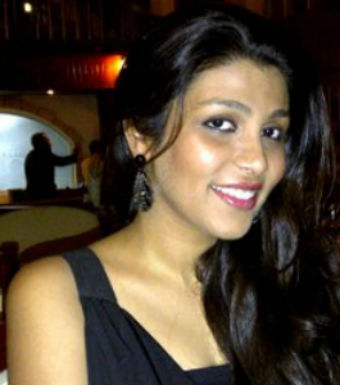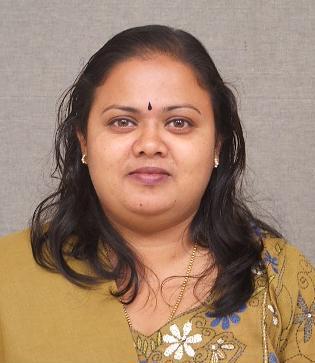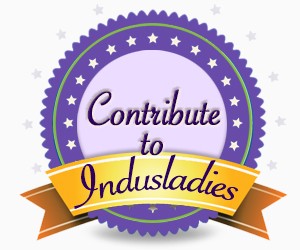The Resume
Now that I had decided to work I had to get myself ready to present my skills and experience to my prospective employers.
The first step was to write a resume. Personal computers were just entering the market and there was no world wide web. So I borrowed some books from the library on resume writing. Typed it in the library and made many copies.
Resume writing was a learning experience all by itself. These were some of the few important basics I learnt about resume writing:
- The resume is a marketing tool in which the content should be adapted to suit each individual job application
- A resume should not be more than two pages long
- It should contain keywords the potential employer is looking for.
- The resume should be attractive and have enough white space that makes it readable.
- Do not get artistic unless applying for an artist position.
- Use just one or two fonts in the entire document. In paper sans-serif fonts look good on headings and serif fonts looks good in the body. It is vice-versa in an electronic version.
- Objective: A good objective, written effectively, will catch the employer’s eye.
- Proof read: Spelling, time line.
- Do not mention age, date of birth, religion, caste, marital status in the resume.
Easy to read but writing a resume was challenging; I had to take care to see that each phrase effectively highlighted my achievements, skills and strengths.
It also had to be eye-catching to increase my chances of being called for an interview.
Cover letter
But that was not enough. I also had to get the cover letter ready.
- A resume should always be accompanied by a cover letter. It serves as the first sample of your writing ability and attention to detail.
- It should emphasize why you want to work for that particular organization and why you would be a good fit.
- It should be brief – one page or less, with ample margins.
- Include pertinent personal data: name, address, email and phone number.






